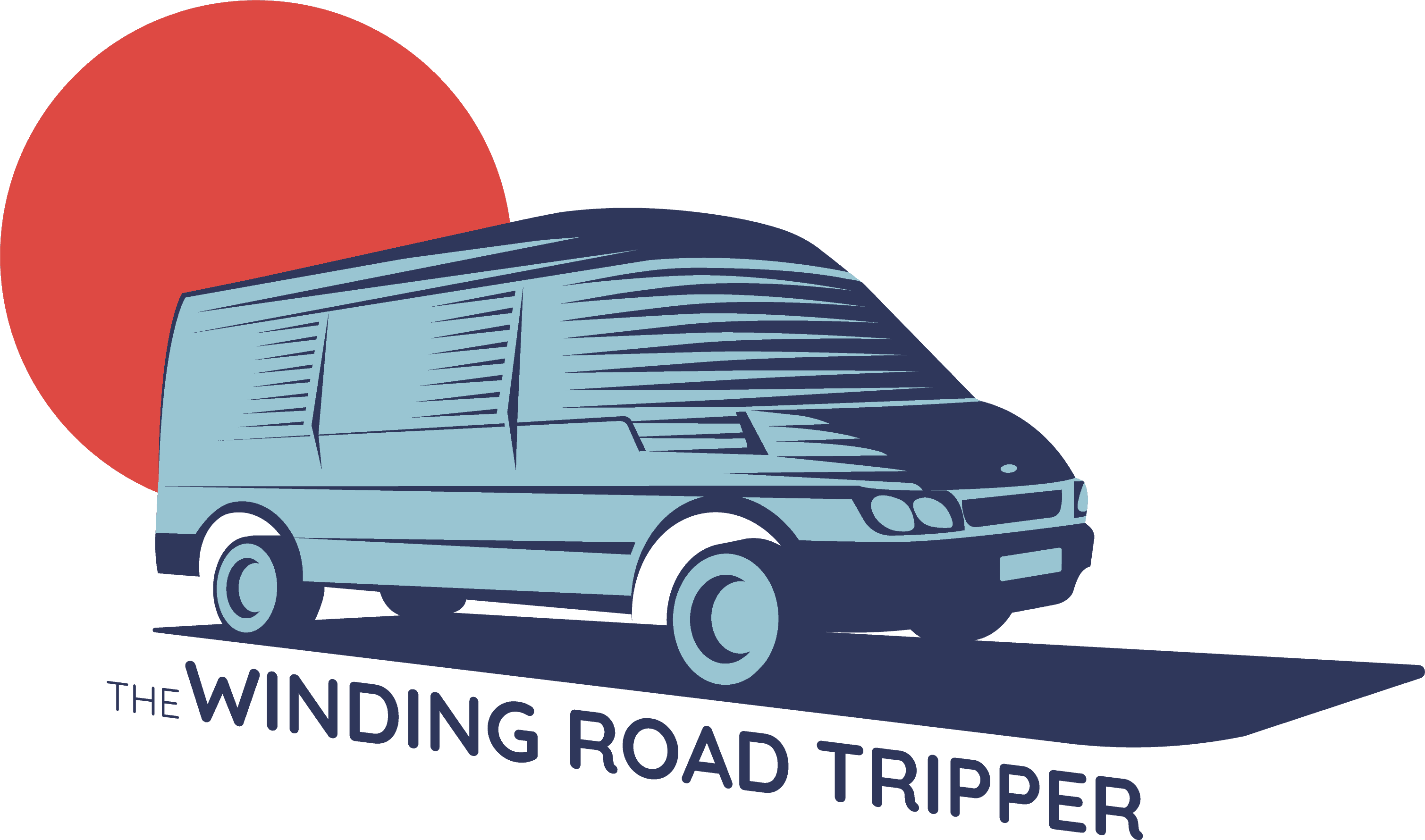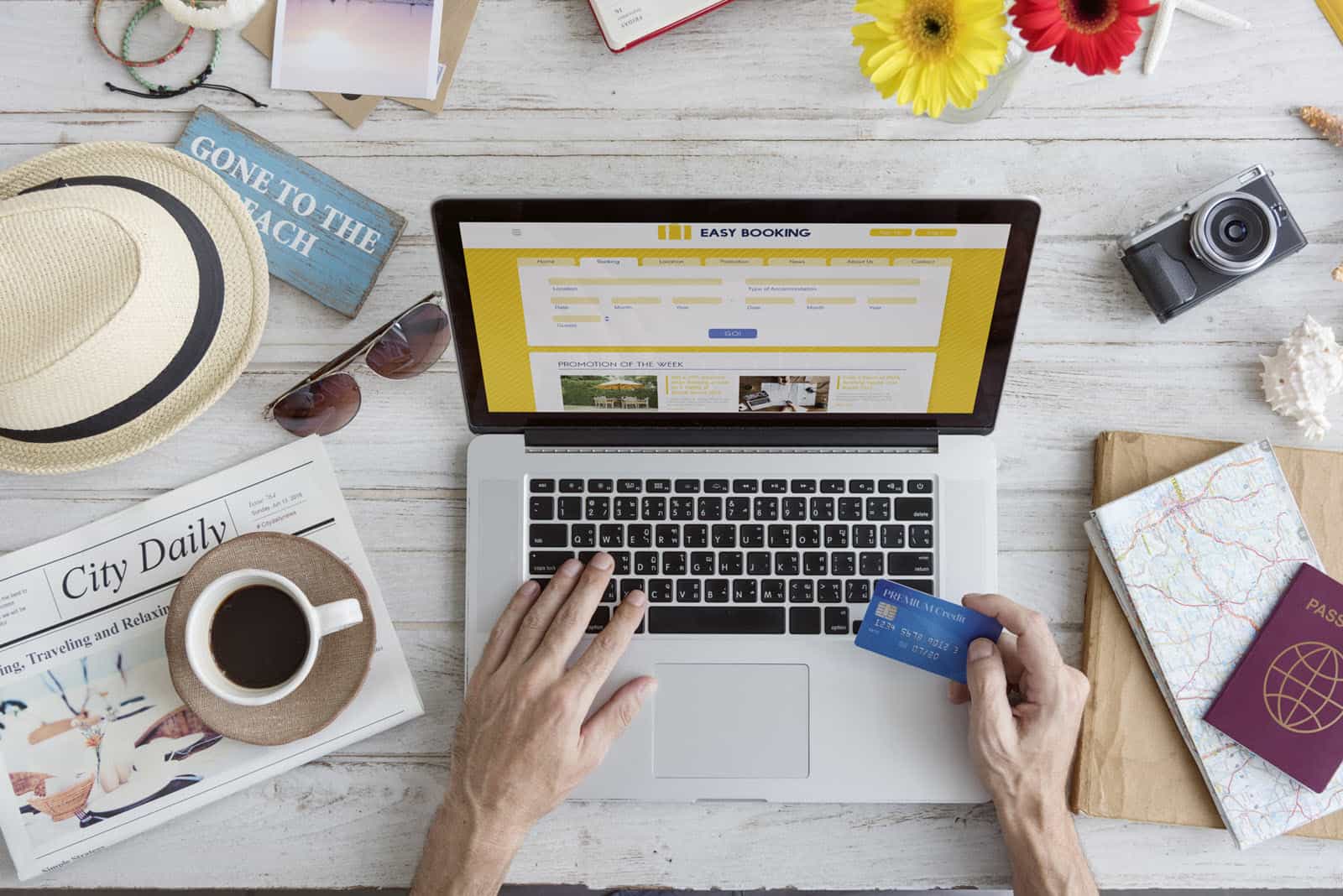Do you have a road trip coming up and are unsure how to budget for it?
We’re here to help!
First, I’m a huge budget nerd (I even blog about it at cashfortacos.com). And second, we spend most of our vacation days going on road trips.
In this blog post, we outline 9 easy steps to create a road trip budget. Plus, we’ll give you tips on how to save money on your next road trip.
Let’s get budgeting so you can have a stress-free and exciting road trip!
Jump To
How to Budget for a Road Trip
1. Establish Your Budget
I’m a firm believer in starting with a budget amount in mind versus planning a trip and then figuring out a way to pay for the trip.
This will help you plan a trip you can afford and prevent you from overcommitting on the length or activities for your trip.
So, how much can you spend on your road trip?
Pick a number that works for you and we’ll use the next steps to make our trip fit into that budget.
2. Determine the Length of Your Road Trip
Now that you know how much you want to spend on your road trip adventure, it’s time to figure out how many days that amount can last on a road trip.
If you have a set amount of days, it’ll be easier to plan your activities and find deals on transportation and lodging, which is why this is step 2.
As a rule of thumb, you can estimate that you’ll spend $100-$200/day (excluding accommodations).
And for accommodations, you can estimate $30-$50/day if you plan a camping road trip. Or $100-$200/day if planning on staying in hotels along your route.
Based on these per-a-day estimates, you can make an educated guess on how many days your established road trip budget will last.
3. Determine Your Final Destination
With the length of your trip established, you can now plan your destination.
If you have a destination in mind, all you need to do is make sure you can get to and from your destination in the amount of time you have for your trip. You can estimate driving about 8 hours a day during your road trip as a rule of thumb.
Don’t forget to think about any side trips you want to make and how many days you want to spend at your final destination.
If you don’t already have a destination in mind, you can use the length of time determined in step two as a guide for where to go. Pick a destination that you can easily get to by driving no more than 8 hours a day and have enough days at the destination to explore.
4. Determine the Cost of Your Must-Do’s and See’s
Now that you have your budget and how many days you’ll be on the road, it’s time to start thinking about what you want to do and see while on your trip.
This can include anything from national parks and tourist attractions to visiting friends and family.
Start by making a list of activities/places you definitely want to do/see.
Then, begin to research how much it costs to do these things. For example, the entrance fee for a national park can range from $0-$30/person.
5. Estimate Fuel Costs
You’ll also want to budget for how much fuel will cost for your road trip. We find that fuel is often the most expensive part of our road trip outside of accommodations.
To get an estimate, use a gas calculator to find out how much your fuel for your trip will cost.
6. Estimate Accommodation Costs
The cost of your accommodations can vary greatly depending on what type of lodging you want for your trip. And this is one area you can cut back on if you find your trip costs are getting a little higher than you planned.
Determine where you want to stay during your trip and how much those accommodations will cost.
Sleeping in your car and camping would be your least expensive options.
7. Estimate Food Cost per a Day
Food is another budget item that can significantly vary depending on the type of trip you choose to embark on.
If you plan on eating at restaurants for every meal, your trip is going to cost more than it would if you brought food along and ate out of your car.
Determine what type of meals you want to have on your trip and estimate how much they may cost. Don’t forget to include tips when estimating this cost.
8. Allocate Money for Miscellaneous Road Trip Costs
Miscellaneous expenses could include things like souvenirs and minor expenses like tolls.
To account for these costs, allocate a small amount of money to your overall budget.
9. Determine Total Cost and Adjust Accordingly
Now that you have an estimate for your road trip costs add them all up and determine if they are above or below the amount you want to spend on your road trip.
If you are below the amount you want to spend, you can splurge on more activities, extend your trip, or eat at some fancy restaurants. The choice is up to you!
If you are above the amount you want to spend, don’t fret. You can reduce the number of days for your road trip, cut costs on food or accommodations, or choose a different destination.
Or better yet, keep reading for tips to save money on your road trip.
Tips to Save Money on a Road Trip
If you find yourself going over budget, here are some ways for you to keep your costs down and still have a fantastic trip.
1. Plan a Trip During the Off or Shoulder Season
Destinations increase their prices during the peak visitor season. So if you want to save a few bucks, consider visiting during the off or shoulder season.
The shoulder seasons are the months before and after the peak visitor season. Often visiting during this time means fewer crowds (less demand for lodging and activities) and lower prices. The same goes for the off-season.
There is a reason it’s the off-season, though. While prices are lower, some activities may not be open, or the weather may not be ideal for a fun-filled visit.
2. Choose Camping for Your Lodging
If you are looking for a way to save money on your trip, camping is the way to go.
You can find free campsites along the way using free camping apps like Freecampsites.net. Or you can find campgrounds with amenities like showers for a small fee.
Camping during your road trip is also a great way to save money on food since you can cook at your campsite. If camping on your road trip is part of your plan, then check out our list of camping road trip essentials.
3. Sleep in Your Car
The cheapest option for lodging would be sleeping in your car.
Many budget road trippers spend their nights sleeping at rest stops or places like Wal-mart along the way. Whether or not it’s legal to sleep in your car depends on local laws. Therefore, if planning on sleeping in your car, research the local laws of the area you plan to sleep in.
For more info, check out this post on sleeping in your car on a road trip.
4. Use Last Minute Hotel Apps for Accommodations
Hotel apps like Hotel Tonight and Priceline are great for finding last-minute deals on road trip lodging.
By booking your accommodations at the last minute, you can often find rooms for a fraction of the price.
Another way to save money with cashback is by signing up for and using Rakuten to book lodging. Sign up now and get $30 cash back after your first purchase of $30 or more.
5. Use Reward Points for Hotel Stays
If you have hotel loyalty points, consider using them for a portion of your entire road trip.
Hotels often offer lower rates for members of their loyalty programs, and some chains offer free nights.
We are lovers of the Chase Sapphire Preferred credit card and use our Chase points anytime we want to crash in a hotel for the night.
ProTip: Consider travel hacking through credit card rewards only if you can pay off your credit card in full each month.
6. Drive the Speed Limit and Avoid Rush Hour
Believe it or not, driving the speed limit can save you money on gas.
When you drive the speed limit, you are using less gas. And while it may not seem like much, those pennies add up over the course of a road trip.
Another way to save on gas is to avoid driving during rush hour.
Rush hour traffic means more cars on the road and, therefore, more congestion. More congestion causes more starting and stopping, which decreases your fuel efficiency.
7. Bring Your Own Food and Drinks
One way to save money on your road trip is to bring food and drinks in the car.
This can be anything from bringing a cooler with snacks and drinks to packing a picnic lunch.
Another option is to stop at grocery stores or farmer’s markets along the way to buy food and drinks.
By doing this, you can save a lot of money on food costs.
Check out this post for ideas for great make-ahead road trip snacks and meals.
8. Find Free or Cheap Things to Do Along the Way
There are many free and cheap things to do on a road trip.
One easy way to find these things is to google “free things to do in X”.
Another option is using Roadtrippers.com. This website and app is an excellent resource for finding free and cheap things to do along your road trip.
For help finding things to do on your road trip check out our favorite tools for finding attractions along your route.
9. Prepare Your Car to Avoid a Breakdown
One of the last things you want on a road trip is a car breakdown. It’s both annoying and can be pretty expensive.
Prevent this by preparing your car before you leave.
Some simple things to do are checking fluid levels, tire pressure, and brakes. You can also pack a basic car emergency kit.
For more information on how to prepare your car for a road trip, check out this post.
For more ways to save on a road trip, check out our full post: 15-Money Saving Tips for Your Next Road Trip
You Got This
Are you ready to plan an adventure-filled road trip that fits within your budget?
With these tips, you’ll be on your way to planning the perfect road trip that doesn’t break the bank and one you can feel good about.
More Road Trip Planning Posts:
How to Plan a Road Trip with Google Maps
15 Long Distance Driving Tips for Your Road Trip
When is the Best Time to Leave for a Road Trip
How to Find Things to Do Along Your Route

